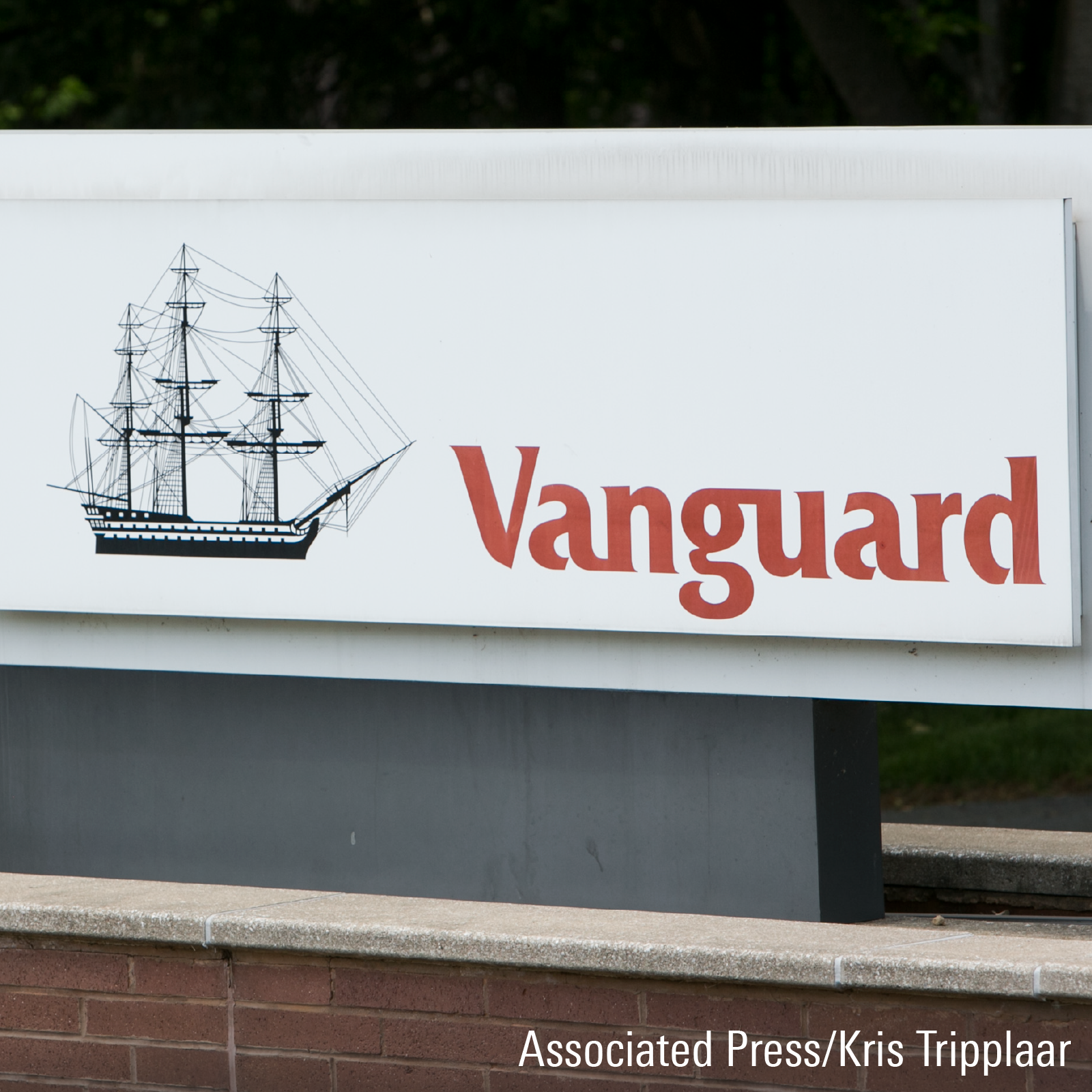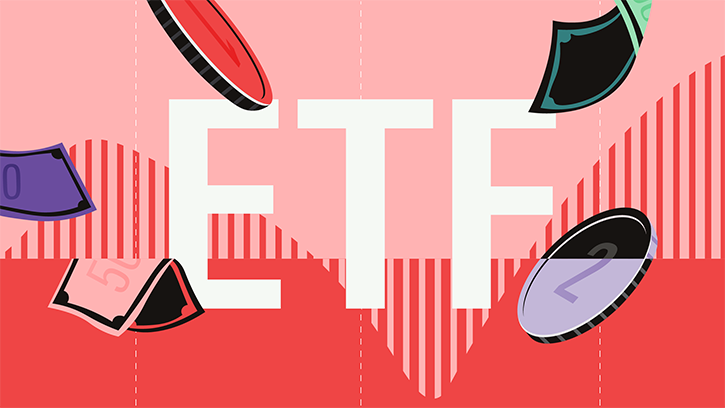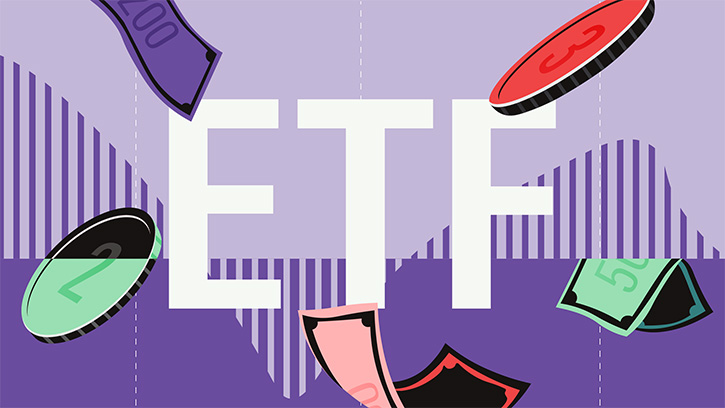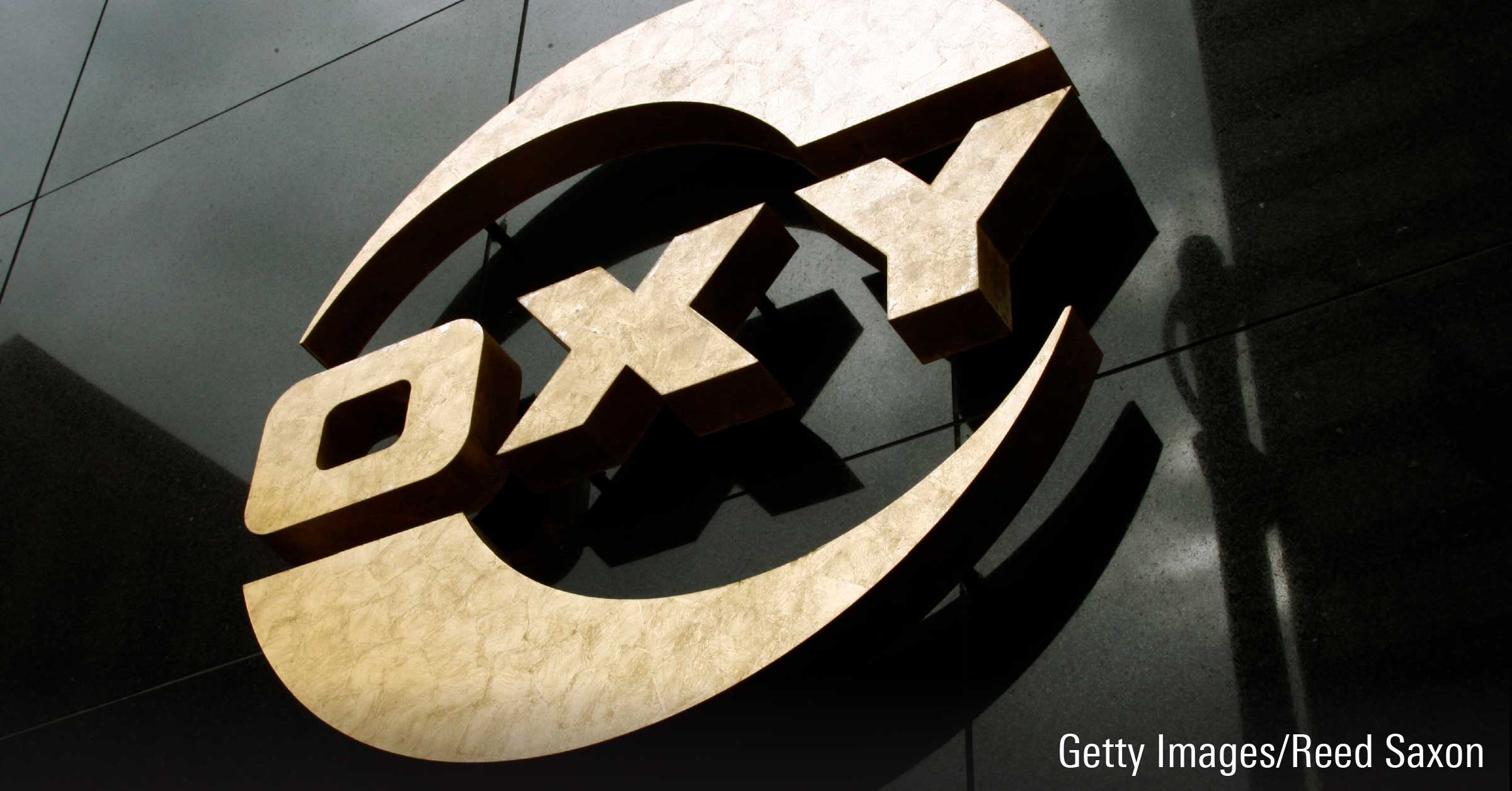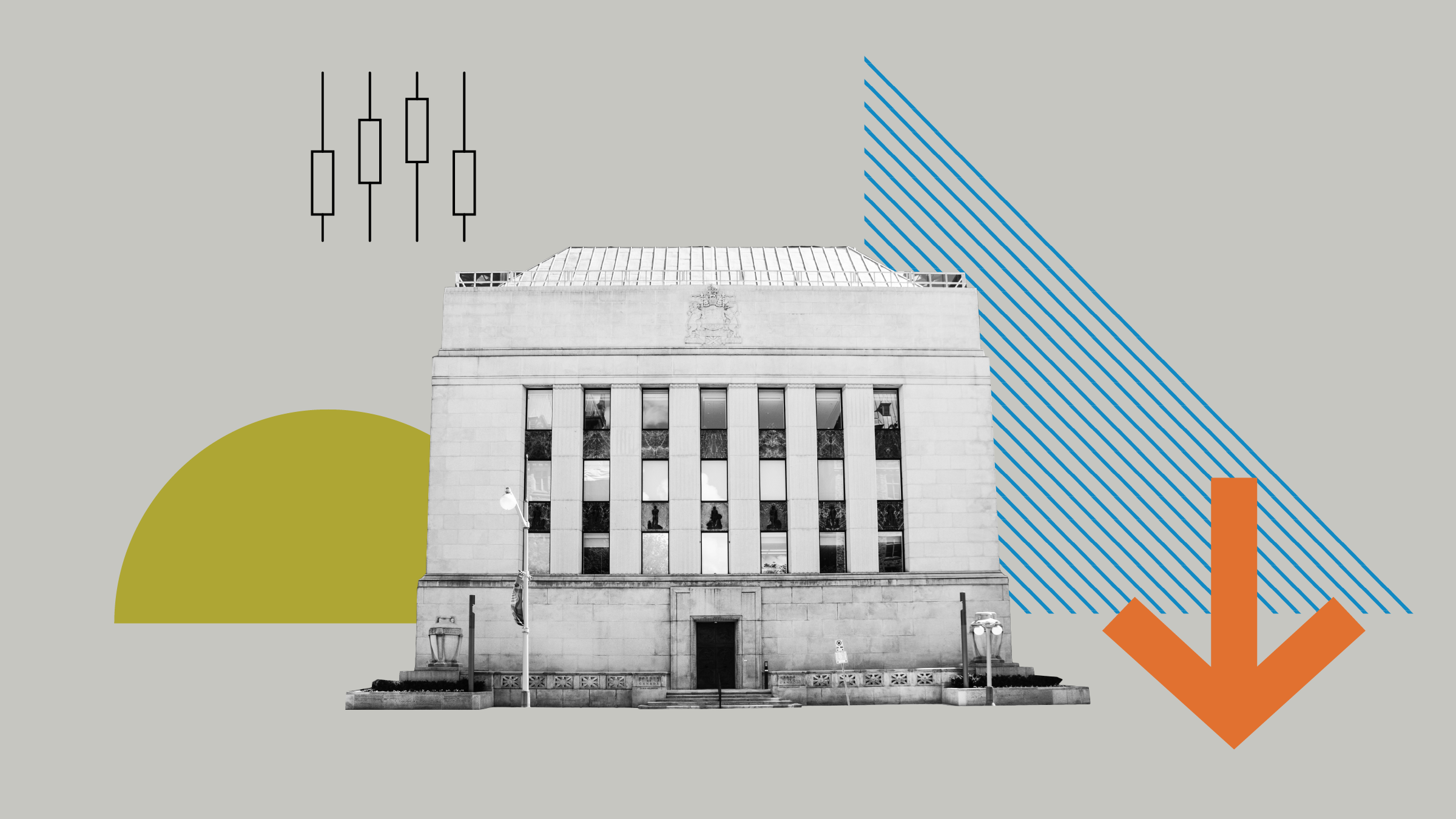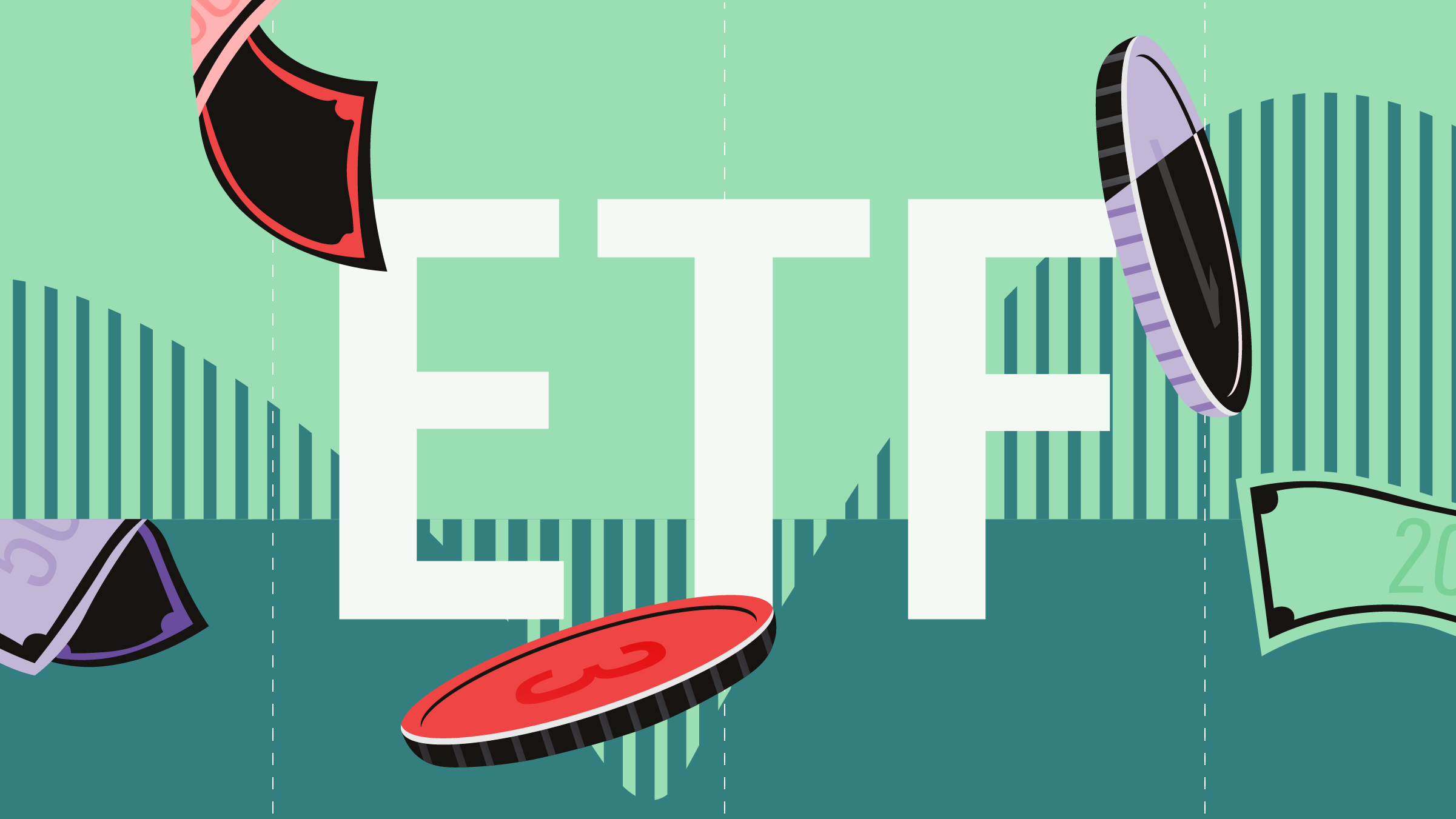
Structured exchange-traded funds have entered the Canadian investment arena, with offerings designed to either cushion losses or enhance returns.
These funds come with descriptions such as “buffers” or “accelerators.” They can provide benefits to a portfolio but also come with sometimes-complex strategies. That means investors should take the time to understand the strategy before adding to a portfolio.
“These products are not for everyone,” says Lan Ahn Tran, manager research analyst at Morningstar.
What Are Structured ETFs?
These products are said to be “structured” because they are designed to achieve certain performance outcomes. Broadly, they can be broken down into two categories: funds that both provide exposure to a market but limit the potential for losses – often known as “buffer” funds – and “accelerators,” where the strategy aims to boost returns.
With buffers ETFs, their aim first and foremost is to preserve capital, so they protect it against any loss in a downward market to a predetermined mark, above which loss is protected most of the time 10% or 15%. If this floor collapses, the investor still has that buffer in his returns. However, since everything has a price, that protection comes at the cost of a capped upside performance.
Canadian ETFs for Retirement
Despite their small presence in Canada, these ETFs still stand to benefit from large demographic shifts. “With the wave of [baby] boomers entering retirement, we can expect these products to gain traction,” suggests Erika Toth, ETF director at BMO Global Asset Management. This is because these ETFs’ main virtue is that they offer a promised return within a restricted band in exchange for downside protection against market declines. On the upside, return is capped.
The sector is also more diversified in the US, where there are five different categories of structured result ETFs. A sixth category has just been inaugurated by Innovator ETFs, which recently launched an Equity Defined Protection ETF (ZJUL), which is “designed to offer complete downside protection,” according to a study by TD Securities. In Canada, there are only the previously mentioned “buffer” and “accelerator” categories, currently offered only by BMO.
Canadian ETFs With Options
The distinguishing feature of these ETFs is their use of options—the linchpin that makes it possible to offer a “structured result.” At the first level, all Canadian products are organized around the S&P 500. In the case of First Trust, this is the SPDR S&P 500 ETF (SPY), while for BMO, it's the S&P 500 Canadian Dollar-Hedged ETF (ZUE).
BMO adds a synthetic layer to this basic platform by purchasing put options (right to sell) at the current price on the ETF's inception date. These and subsequent options are always acquired at a one-year expiration. “This is the layer that offers downside protection,” says Toth.
The next step is to neutralize the cost of these protective options, “as they can be expensive,” Toth notes. This adds a second layer in two tranches: the sale of out-of-the-money puts, typically around 15% below the current price, and the sale of out-of-the-money calls (right to buy), around 10% above the current price. These two option tranches “determine the amount of the upside cap,” she adds.
The first of BMO’s four issued buffer ETFs, the BMO US Equity Buffer Hedged to CAD ETF/October (ZOCT), was launched Oct. 2, 2023. Its final return for the year will be recorded only on that date of this year. At the time of this writing (Sept. 23), its return was of 6.29%, while the S&P 500 index (hedged to CAD) had returned 19.7% to that date. On Oct. 2, when BMO US Equity Buffer Hedged to CAD ETF/October matures, it will register its announced cap of 10.5% and will be rolled over for another year.
Canadian ETFs With Enhanced Returns
BMO also offers enhanced return ETFs, which are also based on the S&P 500 Canadian Dollar-Hedged ETF and use layers of options but in opposite directions. Thus, instead of selling puts in the first layer, BMO buys in-the-money calls. In the second layer, it sells calls out-of-the-money to pay for the cost of the in-the-money call option. The aim is to produce an amplified, or “accelerated,” return engine capable of delivering roughly double the return of the reference asset. But here, too, through the play of options, this enhanced return is capped.
These ETFs reach their full performance at the end of one year, but since they are exchange-traded like any other ETF, they can be bought or sold at any time. On their respective sites, BMO and First Trust display a series of daily data: time to maturity, percentage of return still to be realized before reaching the ceiling (or the floor), and so on. This data, explains Tiffany Zhang, vice president of ETF research and financial products at National Bank Financial, is shown before fees and expenses, excluding dividends.
Performance as Planned
“We find these ETFs deliver what they are supposed to,” Zhang asserts, putting forward the performance of two of these products. For example, the First Trust Vest US Equity Buffer ETF / November (NOVB/F) during the 2022 downturn returned negative 7% compared with negative 16.5% for Canada’s foremost S&P 500 tracking ETF, RBC’s iShares Core S&P 500 Index ETF (CAD- Hedged) (XSP).
But during good times, investors in the First Trust Vest US Equity Buffer ETF / August (AUGB/F), the oldest structured outcome ETF in Canada, launched in 2019, sacrificed performance. Since its inception, First Trust Vest US Equity Buffer ETF / August returned annually 8.1% versus iShares Core S&P 500 Index ETF (CAD- Hedged)’s 13.7%.
Structure Outcome ETF Features—and Taxation
Because they are not leveraged, they do not fall under the category of “liquid-alt” financial products but into the regular ETF category. Because they are invested in the market index, Toth explains, they are taxed as a mixture of interest income and capital gains.
The BMO specialist highlights a key feature: Unlike traditional structured notes, defined-outcome ETFs do not impose a constant concern for a maturity date. In fact, investors don't have to worry about the mechanics of options at all, since they are automatically renewed by the manager at the end of the term. Finally, notes a BMO presentation, because they have no upfront commission, these ETFs “are ideal for fee-based and discretionary accounts.”
Guy Lalonde and partner Christian Lamarre, both portfolio managers at National Bank Financial, are slowly getting to grips with these new investment products. The primary objective of these ETFs “is to redesign the risk/return profile of an investment,” Lalonde explains. “By buying and selling options, you can create a structure whose return differs from that of the underlying asset, in this case an S&P 500 index ETF.”
Unsurprisingly, both managers use these ETFs from a strategic perspective that differs from the classic buy-and-hold approach of the average individual investor. Lalonde gives the example of an investment in technology stocks that has earned an excellent return but needs to be protected from a potential sector downturn. Instead of selling his positions, an investor could take an ETF that offers a floor, thus reducing his downside potential—but also limiting his upside potential, of course.
What to Know Before You Invest
Zhang argues that retirees who want a regular, stable return with relative protection from market downturns will find this to their advantage but will have to accept that their returns are capped on the upside. To reassure these investors, BMO points out that, since 2010, “90% of market declines over a one-year period have been less than 15%,” which is within the protection zone for these products. On the other hand, “young investors with a high risk tolerance certainly don't need them,” Zhang adds, because of the cap imposed on the upside.
“If you need to be invested for the next 10 years and want to continue to grow your assets, they're not for you. On the other hand, if you're not comfortable with losses and want to mitigate volatility, they're comfortable because of their downside protection. They can encourage you to stay invested through the ups and downs of the market.”
Despite what BMO says, an understanding of the options market is desirable, Lalonde warns. Zhang also offers a word of caution: These defined-outcome ETFs “have the advantage of evolving in a very liquid market, but you need to make sure you understand their intra-period between inception and maturity mechanics.”






